Wake up call for Asia’s aviation leaders
SINGAPORE: IATA this week asked, in so many words, “Does Asia have what it takes to be a leader in aviation?”
And the answer from Giovanni Bisignani, IATA’s Director General and CEO, appeared to be, “Watch this space”.
Bisignani said Asia must develop a leadership framework to drive a common regional approach with innovation on all fronts: from the technical issues to fundamental policies.
“Aviation is the world’s most exciting industry and Asia is the region that is going to drive it forward,” he said.
Bisignani suggested that Asian leadership was called for in three areas: technology, policy and the environment.
He said labour accounted for 27% of costs for European and US carriers, and 15% for Asian carriers.
“As the labour cost gap narrows, technology is the key to competitiveness.” He highlighted electronic ticketing, which will save the industry US$3 billion.
While China is at 95% ET penetration, well above the global average of 78%, the rest of Asia is the same as Africa at 68% due to the slow uptake of ET in Japan and Malaysia.
On technology, Bisignani said while some Asian countries are already using biometrics for immigration processing, these programmes are targeted at local residents and are not linked systematically.
“Effective systems are needed to handle the additional 250 million passengers passing through Asian airports in 2010. Asian governments have an opportunity to link their systems to make Asia a world model for a new way of travel.”
On safety, the IATA chief added, “Governments are responsible for safety. However, not all governments in Asia are at the same level in safety oversight.
“Global standards need to be maintained by all. Asia’s governments need to start incorporating the IATA Operational Safety Audit (IOSA) into their safety oversight programmes in order to drive the accident rate down.”
The 2006 accident rate for Asia Pacific carriers was on a par with the global average of one accident for every 1.5 million flights. But the industry target is a 25% improvement by 2008.
On the environment, IATA said the average age of the Asian aircraft fleet is 10 years compared to the global average of 12, making Asia’s aircraft more fuel efficient and environmentally friendly.
“The challenge for Asia is to avoid the crisis in Europe and communicate more effectively on the environment, and to continue to invest in fuel efficient technology as the industry grows.
“Asia also needs to join the rest of their industry partners in pushing governments for more efficient infrastructure, manufacturers for more efficient equipment, and oil suppliers for research into alternative fuels,” said Bisignani
 United Kingdom
United Kingdom United States
United States Asia Pacific
Asia Pacific







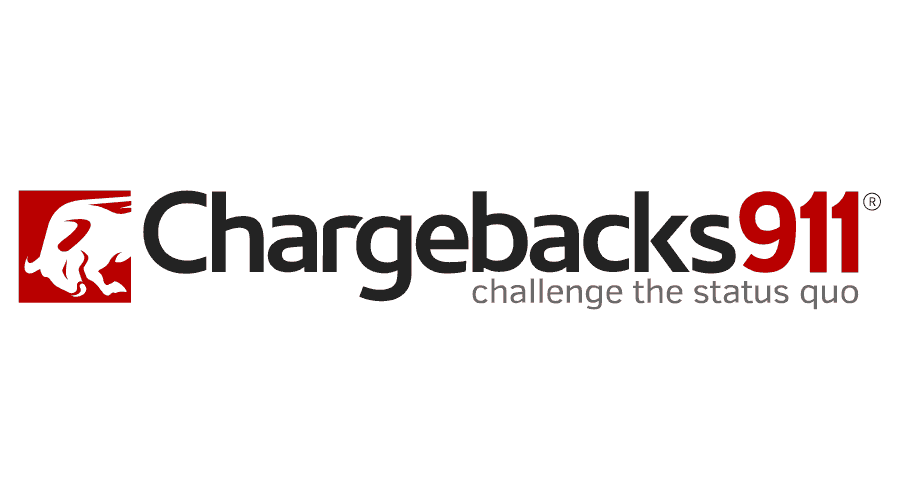

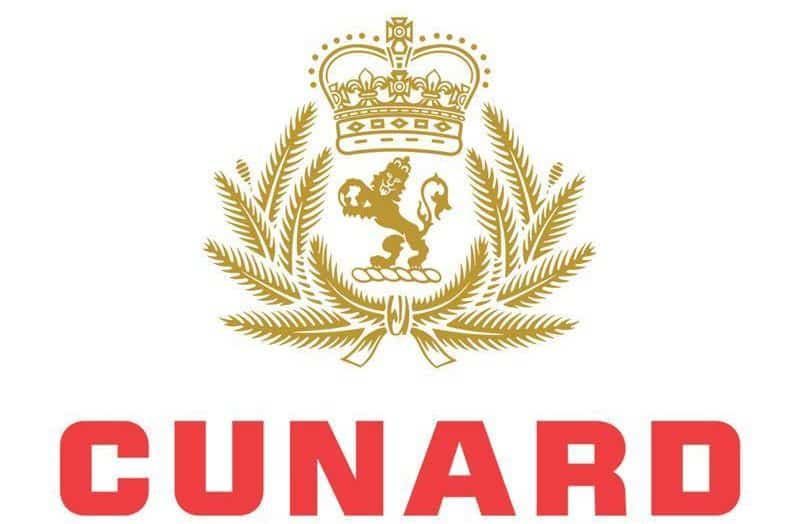
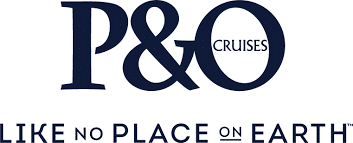




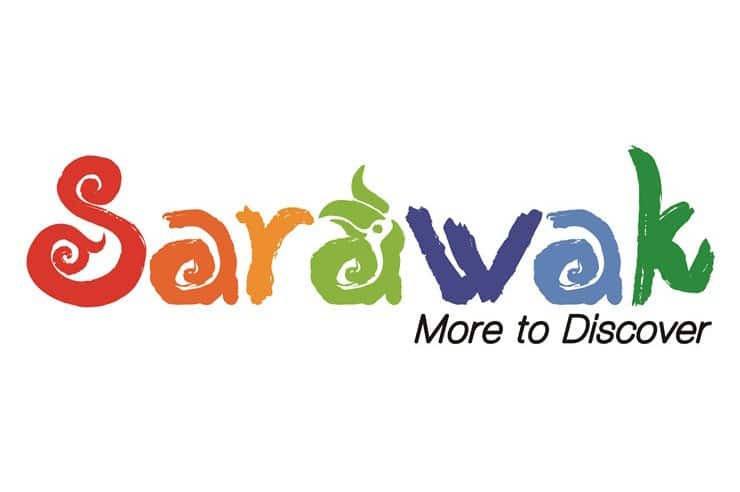





















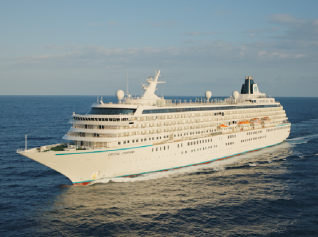






BA suspending all Heathrow to Abu Dhabi flights
Unexpected wave rocks cruise ship
Report: Cruise guest died after ship lashed in heavy storm
British teen in serious condition after paraglider collision
JetBlue scraps London Gatwick flights